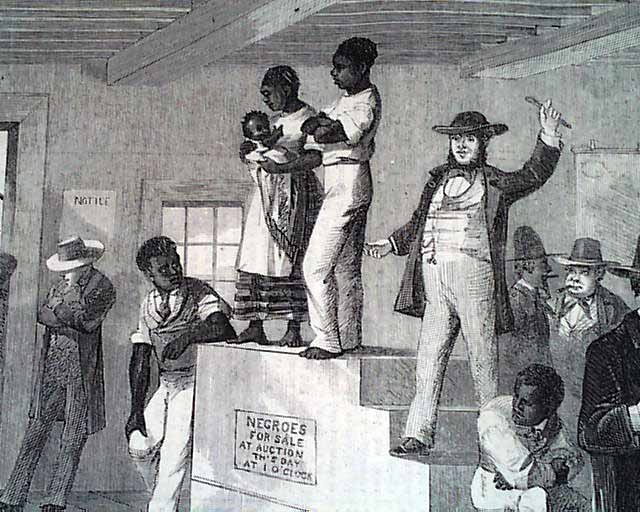[ad_1]
By AFRO Staff
Jan. 1, 2020 will be greeted with jubilation by many across the globe. But, in the annals of Black history, New Year’s day has had a much more ominous portent.
In African-American communities in pre-Civil War America, New Year’s Day used to be known as “Hiring Day” or “Heartbreak Day,” as reported by Time magazine. It was the day when enslaved Blacks would be rented out or auctioned off by their “owners” for different periods of time, potentially separating their families.
For Blacks, then, Christmas to New Year’s Eve was a particularly harrowing time, as they pondered their coming fate and prayed for the best.

“Of all days in the year, the slaves dread New Year’s Day the worst of any,” a slave named Lewis Clarke said in an 1842 account, according to Time.
“On New Year’s Day, we went to the auctioneer’s block, to be hired to the highest bidder for one year,” Israel Campbell wrote in a memoir published in 1861 in Philadelphia, in which he describes being hired out three times as a means for his enslaver to bring in extra income.
In her 1861 autobiography “Incidents in the Life of a Slave Girl,” Harriet Jacobs wrote a particularly detailed account of the practice and its impact on the Black slave community.
On New Year’s Day, “At the appointed hour the grounds are thronged with men, women, and children, waiting, like criminals to hear their doom pronounced,” Jacobs wrote.
She recalled seeing a mother leading seven of her children to the auction block. “She knew that some of them would be taken from her; but they took all.”
Jacobs said she would never forget the mother crying out, “Gone! All gone! Why don’t God kill me?”
It was not until 1863 that New Year’s Day took on another aspect. When Abraham Lincoln signed the Emancipation Proclamation on Jan. 1 of that year, it signaled a new hope and truly a new beginning for Blacks, just as the rest of society.
[ad_2]
Source link
